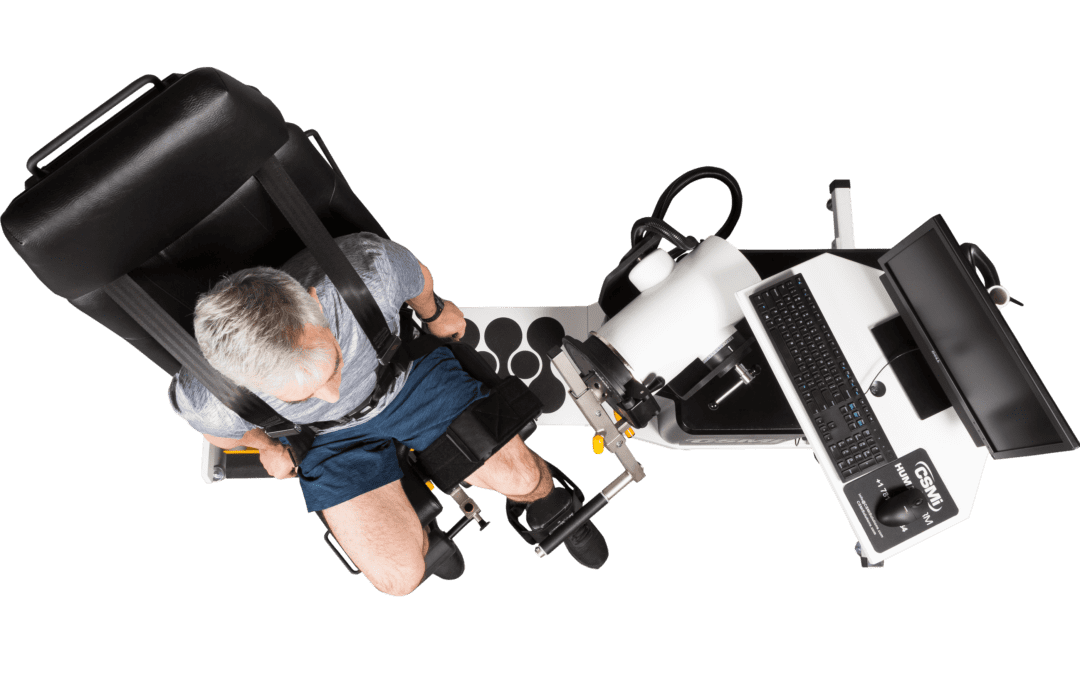An isokinetic dynamometer is a type of exercise equipment that measures and controls the speed of joint movement during muscular contractions. It is commonly used in physical therapy, sports medicine, and rehabilitation settings to evaluate and improve muscle strength, endurance, and power.
Isokinetic dynamometers can provide a variety of measurements, including peak torque (the maximum amount of force produced by the muscle), angle-specific torque (the amount of force produced at a specific joint angle), and work (the amount of energy expended during the movement).
The equipment works by applying resistance to the movement of the joint and controlling the speed of the movement. This allows for a more accurate measurement of muscle strength throughout the range of motion of a joint, and can be particularly useful in identifying muscular imbalances or weaknesses in athletes or individuals recovering from injury.
Isokinetic dynamometers are typically computerized and can provide real-time feedback to both the clinician and the patient, allowing for adjustments to be made during the exercise session. They are also customizable to the specific needs of the patient or athlete, and can be used for a wide range of exercises and movements, including upper and lower body exercises, as well as rotational and multidirectional movements. The HUMAC NORM has a powerful computerized dynamometer which is made even more powerful due to the HUMAC software on the included computer. Intuitive reports allow clinicians and researchers to interpret results easily. Due to these factors the HUMAC NORM is often used in research studies.


